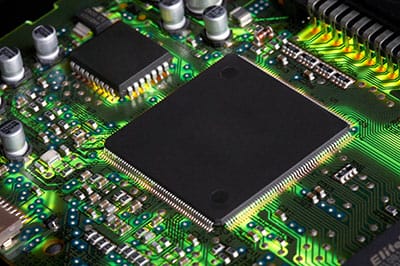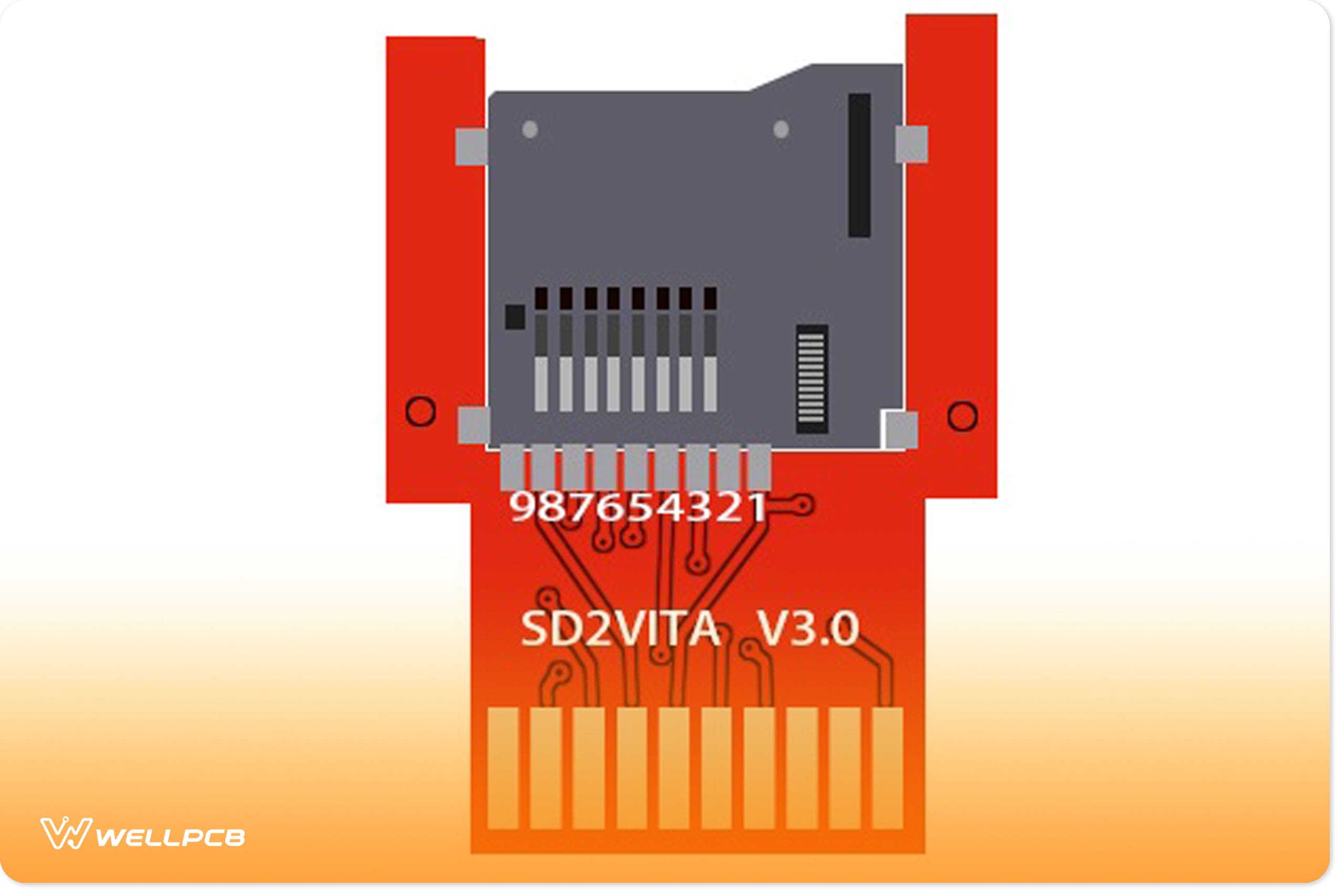Contents
What Is an Rk3399?
In 2016, RK3399 came into existence and earned its high performance and low-power consumption reputation.
Interestingly, the RK3399 works for various computing, smart devices, and personal mobile internet devices. Also, it can build some PCs and SBCs with its advanced computing capabilities.
In truth, the RK3399 operates on the “Big. Little architecture.” In addition, it integrates two powerful ARM Cortex CPUs and a Mali GPU for excellent graphical performance.
Indeed, the RK3399 also offers powerful video decoders to play videos at high frame rates. In addition, it supports an operating system with full SDK/API features, making it possible to create an Android application environment.
Moreover, there is much more powerful hardware with RK3399 that offers optimized performance. Because of the presence of the RK3399, this hardware can handle AI digital signage and POS machines.
Rk3399 Features
As we mentioned earlier, the RK3399 has different powerful features that make it an excellent option for your computing needs. Let’s take a closer look at these features:
CPU
The RK3399 features two ARM Cortex processors, including
- Dual-core ARM Cortex-A72 MPCore processor
- Quad-core ARM Cortex-A53 MPCore processor
Both processors offer high-performance, low-power consumption, and a cached application process.
The RK3399 also features two CPU clusters, including one big cluster and one small cluster. For the big cluster, we have the dual-core Cortex-A72, which is responsible for the RK3399’s high performance. On the other hand, the little cluster uses the quad-core Cortex-A53 and handles the RK3399’s low-power consumption.
In addition, the RK3399 features a full implementation of the ARM architecture v8-A instruction set. It also supports ARM Neon Advanced Single Instruction, Multiple Data (SIMD) for accelerating media and signal processing.
Interestingly, there’s also a CC1500 feature that ensures the memory between the two clusters stays coherent. Also, the Cortex-A72 factors in a 48KB L1 instruction cache and a 32KB L1 data cache.
Similarly, the Cortex A53 factors in a 32KB L1 instruction cache and a 32kb L1 data cache separately. Both Cortexes integrate with a 4-way set associative.
Moreover, the Big cluster has a 1MB unified cache, while the small cluster features a 512KB unified L2 cache. It also supports trust zone technology.
GPU
The RK339 features an ARM Mali-T860MP4 GPU with support for OpenGL ES1.1/2/3.0, DirectX11.1, OpenCL1.2, and other software that improve graphical performance. It also has an embedded four shader core that shares a hierarchical tiler.
Video
Interestingly, the RK3399 supports a real-time video decoder with various formats like;
- MPEG-1
- MPEG-2
- MPEG-4
- VC-1
- MVC
- VP8
- VP9
- H.264
- H.265
MPEG-1, 2, 4, MVC, and VP8 support up to 1080 pixels at 30 FPS (1920 x 1088).
Also, H.264, VP9, and H.265 support up to 2160 pixels at 60fps (4096×2304).
H.263 only supports up to 576 pixels at 60fps (720×576). Asides from that, the RK3399 has video encoder support for MVC, H.264, and VP8.
Camera Interface and Image Processor
You can get one/or two MPI-CSI and an embedded double ISP installed. Also, the input resolution of one ISP is 13M pixels.
Memory
Rk3399 uses three memory interfaces, and they include
- The Dynamic Memory interface
- eMMC interface
- SD/MMC interface
Also, the Dynamic Memory Interface is compatible with the following JEDER standard:
- DDR3 (1866)
- DDR3L(1866)
- LPDDR3 (1866)
- LPDDR4 (SDRAM)
It also supports two channels, each having 16 or 32 bits of data width. You can also select up to two ranks for each channel with a 4 GB RAM space.
Moreover, the eMMC interface is fully compliant with the JEDEC specifications for eMMC 5.1 and eMMC 5.0. It also supports four operating modes: legacy, HS400, DDR50, and HS200.
In addition, the SD/MMC interface has two interfaces that you can configure as SDIO or SD/MMC. Plus, this interface is compatible with MMC v 4.51 and SD 3.0.
Display
In truth, the RK3399 has two embedded VOPs that output from the following display interfaces:
- One HDMI port
- One or Two MIPI-DSI ports
- A DP port and an eDP port
Each interface supports AFBC functions that cooperate with the GPU.
The HDMI interface has a single physical layer that supports operations with HDMI 1.4 and 2.0. It also supports HDCP 1.4/2.2.
In addition, the MIPI interface has three embedded MIPI PHY, with MIPI0 only working for DSI and MIPI2 working for CSI 2.
On the other hand, the eDP interface remains compliant with the eDPTM version 1.3 and upwards specifications. DisplayPort Interface also stays compliant with the specifications for DisplayPort V 1.2 and HDCP2.2 compliant.
System Component
Indeed, the RK3399 features fourteen on-chip 64-bit timers for non-secure applications and twelve for secure applications. In addition, the RK3399 has four on-chip PWMs, and three Watchdogs with 32 bits counter width.
Check out the pictures below for other useful RK3399 features:
RK3399 Features
RK3399 Specs
Here are the specifications of the RK3399:
| Processor | Rockchip RK3399 |
| Market (Main) | The Rockchip RK3399 is a single-board computer. |
| Family | The RK3399 is one of the many products in the RK3300 family. |
| Cores | It comes with six cores. |
| ISA | The RK3399 uses an ARMv8-A (64-bit). |
| Threads | You can get up to six threads on the RK3399. |
| Turbo frequency | The turbo frequency maxes out at 2.0 GHz. |
| Microarchitecture | It uses the Cortex-A72 and Cortex-A53 architecture. |
| Base frequency | The RK3399’s base frequency is 1.5 GHz. |
| Cache memory | You can have a total of 1.512 MB cached memory on the RK3399 |
| Core High-performance | It has 2x ARM (Cortex-A72) at 2.0 GHz |
| Energy Core | 2x ARM (Cortex-A53) at 1.5 GHz for low power consumption |
| Memory capacity (Max) | 4GB |
| GPU integrated graphics | The RK3399 uses the ARM Mali-T860 MP4 GPU |
| Memory channels (Max) | Maximum of two memory channels. |
| Memory types | It uses the LPDDR4 SDRAM or the LPDDR3-1866 memory type. |
| Socket Type | SoC socket |
| Security | Features support for Trust zone |
Other specifications include:
Applications
Here are some applications that the RK3399 can handle perfectly:
- Digital signage
- Pos
- Kiosk
- Internet of Things
- Networking
- Visualization and rendering
- Industrial control
- Video processing
- Security applications
- Networking applications
Orange Pi RK3399
The Orange Pi is an open-source SBC capable of running an Android 6.0 image file. It works based on the RK3399 and offers 2 GB or 4 GB DDR3 SDRAM. It also shares this ram with the GPU.
The Orange Pi is an excellent way for anyone to start tinkering with technology. It’s also easy to use, and you can use it to build various projects. Here are some of the things you can create with the Orange Pi RK 3399:
- Wireless servers
- Speakers
- Android
- Game consoles
And many others since the board is open source.
Here are the specifications for the Orange Pi RK 3399:
Orange Pi Specifications
Rounding Up
The RK 3399 is no slouch when it comes to SBCs. Their products are solid alternatives to Raspberry Pi and Arduino SBCs.
The rock chip is ideal for various applications, and it dishes out high-performance with one of its processors.
If you have questions about the Rockchip RK 3399, please contact us.





